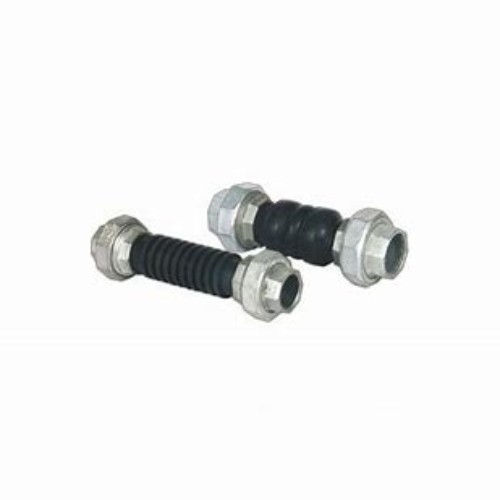36 inch butterfly valve
Understanding the 36-Inch Butterfly Valve A Key Component in Fluid Control
Butterfly valves are essential components in various industrial applications, particularly in fluid control systems. Among these, the 36-inch butterfly valve stands out as a significant player due to its size and functionality. This article delves into the characteristics, applications, advantages, and maintenance considerations of the 36-inch butterfly valve.
What is a Butterfly Valve?
A butterfly valve is a type of quarter-turn valve that consists of a circular disc or plate that rotates around a central axis. When the valve is closed, the disc blocks the flow of fluid; when opened, the disc turns parallel to the flow, allowing fluid to pass through with minimal resistance. This simple yet effective design enables quick and straightforward operation, making it an ideal choice for various applications.
Characteristics of the 36-Inch Butterfly Valve
The 36-inch butterfly valve is specifically designed for broader applications, handling substantial volumes of fluid with relative ease. Its diameter of 36 inches makes it suitable for large pipelines commonly found in water treatment plants, chemical processing facilities, and HVAC systems. The construction materials can differ, with options including ductile iron, stainless steel, and PVC, tailored to meet specific environmental and fluid characteristics.
Applications
36 inch butterfly valve

Butterfly valves are versatile and are utilized across multiple industries. In water supply and wastewater applications, they effectively regulate flow and control pressure. In the oil and gas sector, these valves are ideal for on/off service and throttling applications, as they can handle various corrosive fluids that may be present. Additionally, in HVAC systems, 36-inch butterfly valves help maintain airflow and temperature control efficiently.
Advantages of the 36-Inch Butterfly Valve
One of the primary advantages of using a 36-inch butterfly valve is its compact design, which requires less space compared to other valves such as gate or globe valves. This characteristic is crucial in facilities with limited space for equipment installation. Moreover, butterfly valves provide excellent flow characteristics, allowing for minimal pressure drop when fully opened. Their lightweight design simplifies installation and reduces support structures, further enhancing their appeal.
Another benefit is their low maintenance requirements. Butterfly valves do not have complex parts, which means fewer opportunities for mechanical failure. When maintenance is necessary, access to the internals is often straightforward, minimizing downtime and repair costs.
Maintenance Considerations
To ensure the longevity and optimal performance of the 36-inch butterfly valve, routine maintenance is essential. This includes regular inspections to check for wear and tear, particularly on the sealing surfaces and the actuator. Additionally, lubricating moving parts and ensuring that all connections are tight can prevent leaks and operational issues. It is advisable to consult the manufacturer's guidelines for specific maintenance schedules and procedures.
In conclusion, the 36-inch butterfly valve is a crucial component in fluid control systems, combining efficiency, simplicity, and versatility. Its broad range of applications and benefits makes it an invaluable asset across many industries. With proper maintenance, these valves can provide reliable service for many years, making them a trusted choice for engineers and operators alike.
-
The Key to Fluid Control: Exploring the Advantages of Ball Valves in Industrial SystemsNewsJul.09,2025
-
The Versatile World of 1, 2, and 3 Piece Ball ValvesNewsJul.09,2025
-
Stainless Steel Ball Valves: The Ideal Choice for Efficient Flow ControlNewsJul.09,2025
-
Optimizing Fluid Control with Ball Float ValvesNewsJul.09,2025
-
Manual Gate Valves: Essential for Control and EfficiencyNewsJul.09,2025
-
Everything You Need to Know About Butterfly ValvesNewsJul.09,2025
-
The Versatility of Wafer Type Butterfly ValvesNewsJul.08,2025




